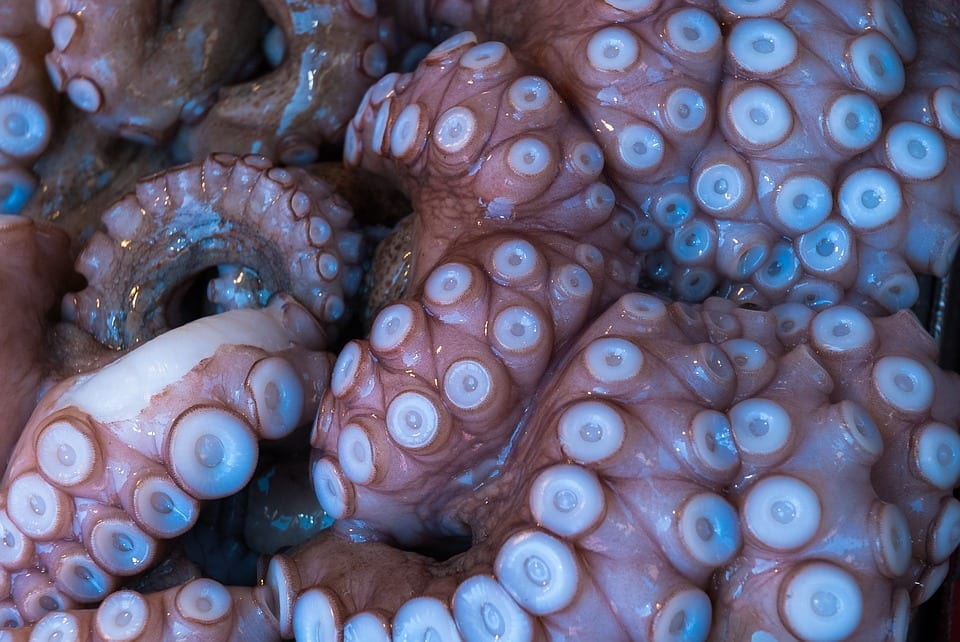Here at CETL, the Instructional Design team really likes to experiment. For those of you who know us, this probably doesn’t come as a complete surprise. We do have one of the most playful spaces on campus. And we take our play seriously. Last year, we investigated how Design Thinking might inform our practices. We walked away from that experiment with several new tricks in our bag, including a greater focus on learner experience design. This year, the Instructional Design Team at CETL is exploring how Speculative Design methodologies might transform our work – and hopefully yours as well.
What Is Speculative Design?
There are all sorts of ways to approach learning design projects, but most thinking falls somewhere along this admittedly overly-simplified spectrum below: 
So, you can see that there are 3-built in assumptions here:
- A problem exists
- A solution exists
- The project has a time-bound goal
Speculative design (SD), on the other hand, offers a provocation to these assumptions. In particular, many SD theorists and practitioners do away with the idea of problem altogether. Instead, SD asks “What if?” and seeks to contest official reality. However, SD does not delve into the realm of fantasy – instead it takes on the possible (if not always probable). In Speculative Everything, Dunne and Raby (2013) describe several commitments of SD. In general, SD seeks to:
- Increase pluralism in design to help foster radical preferred futures
- Create conceptual, preliminary pieces that incite audience wonder and theorizing via fictional worldings and thought experiments
- Construct compasses rather than maps for navigating new sets of values
Importantly, speculative designers emphasize the politics of dissemination and stress the role of direct audience access. For some examples and a little more explanation, check out this short film starring Dunne and Raby:
How Have We Used It So Far?
We’ve just begun dipping our toes into Speculative Design, but we’re always excited to share our initial thoughts and half-formed opinions. So far, we’ve run two workshops that employed this methodology and had great fun both times. As a team, we worked with the speculative game The Thing From the Future and explored the uses of creative fictional constraints in our practice. We continue to reflect on how we might integrate conceptual thought experiments into our learning design work with you all. We also hosted our friends in Sociology just a couple of weeks ago in using speculative design thinking to explore future departmental directions. In both cases, it was thrilling to watch instructional designers, faculty, and students transform into conceptual artists and philosophers over the space of an hour or so.

Interested In Becoming a Speculative Educator?
Well, that doesn’t necessarily exist as a specific thing yet, but it’s absolutely within the realm of possibility for you to incorporate this thinking into what you do. Here are a few good places to start:
- Read Speculative Everything: The Library has a copy!
- Play The Thing From The Future: You can play it by yourself or with your students. Since speculative design emphasizes direct audience participation, you might consider posting your results in your departmental common space for others to see and comment on. Who the heck knows what will come of this but, hey, that’s what speculative design is all about!
- Go visit MODA: The Museum of Design Atlanta regularly features speculative designs that you can touch and manipulate.
As always, please do get in touch with us at cetl@gsu.edu if you have any thoughts or questions about teaching and learning. Happy speculating!

Sarah Hepler is the Manager of Instructional Design at the Center for Excellence in Teaching and Learning at Georgia State University. In her spare time, she enjoys cobbling her own shoes from discarded hopes and dreams.


You must be logged in to post a comment.